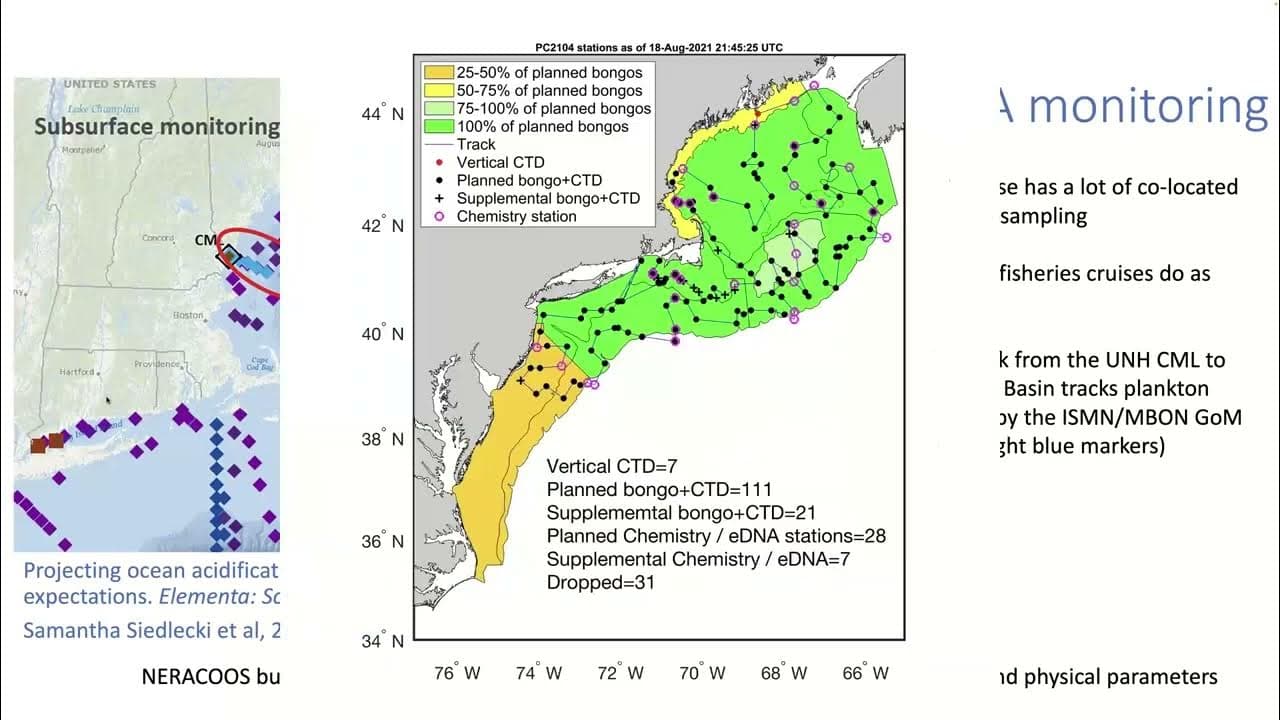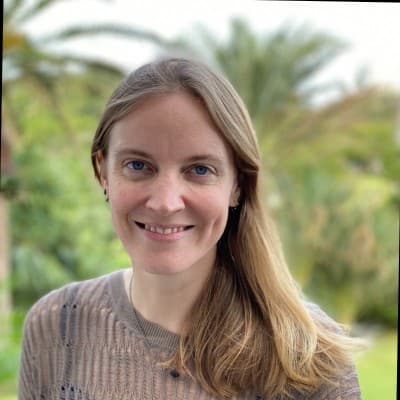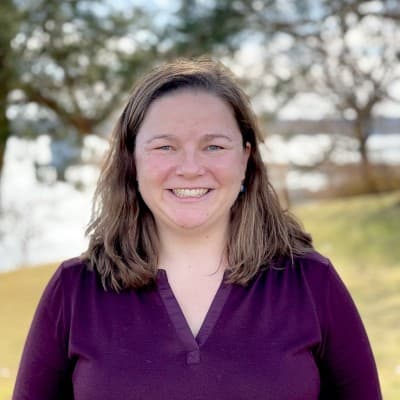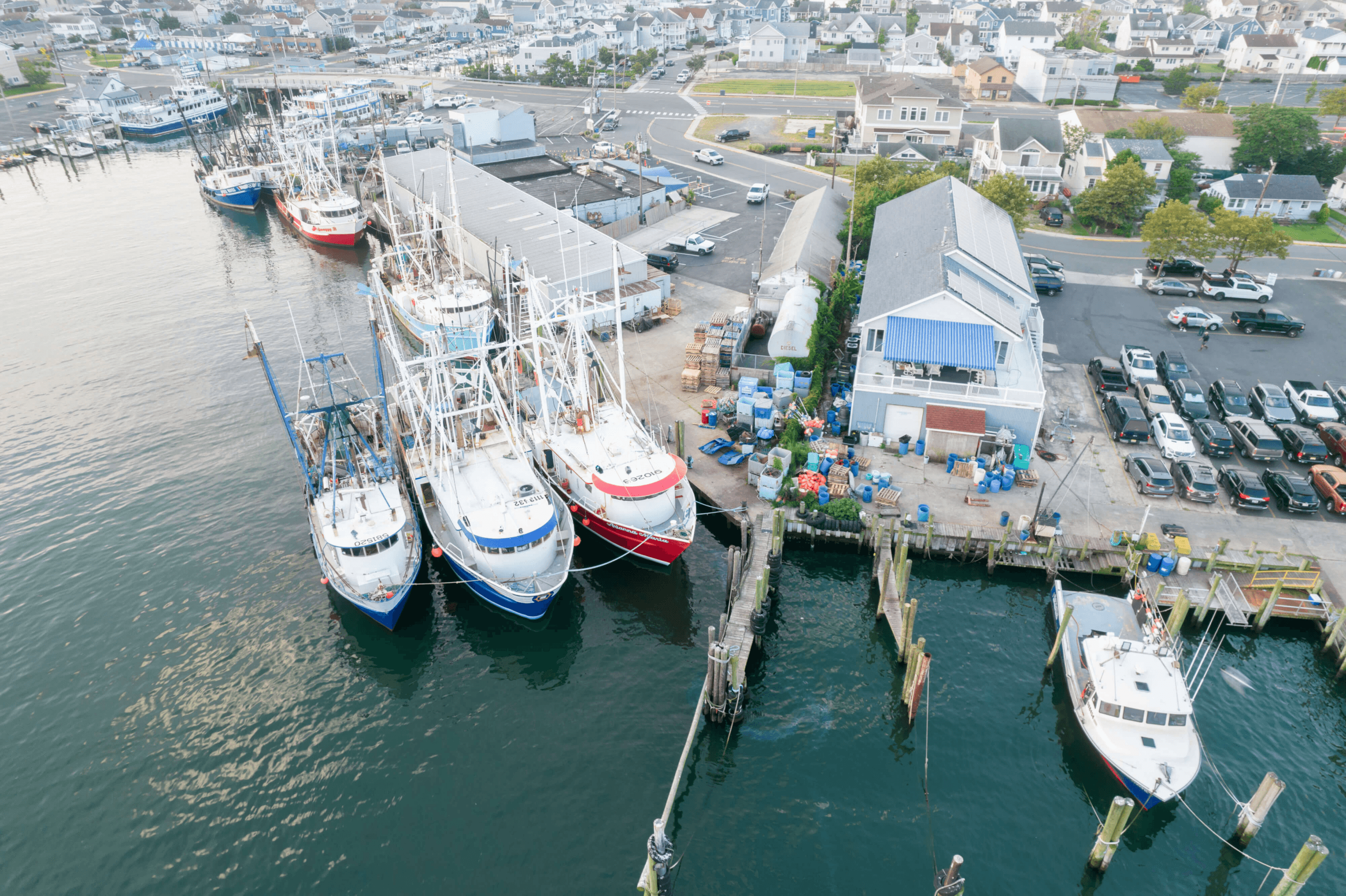Linking Biological Monitoring with Chemical Observations to Understand Impacts of OA

Overview
Dr. Amy Maas
Dr. Amy Maas is a comparative physiologist and biological oceanographer whose research addresses questions about how the environment influences the distribution and biology of marine invertebrates. She received her Ph.D. from the University of Rhode Island in 2011, where she worked in Antarctica and at sea in the Eastern Pacific exploring the impacts of climate-related variables on zooplankton living in extreme environments, with a focus on pteropods and ocean acidification. As a Postdoctoral Scholar/Investigator at Woods Hole Oceanographic Institution she worked in the Biology Department studying regional and seasonal patterns of pteropod sensitivity to ocean acidification, particularly in the Gulf of Maine (2011-2015). Amy joined the Bermuda Institute of Ocean Sciences (BIOS) in 2015 as an Assistant/Associate Scientist where, aside from thinking about OA and pteropods, she is currently working on a number of large interdisciplinary projects seeking to identify the role of the plankton in global carbon cycles including the NASA EXPORTS project, the BIOSSCOPE project (Simons Foundation International), and a number of NSF projects.

Dr. Emily Rivest
Dr. Emily Rivest is an Assistant Professor at the Virginia Institute of Marine Science, William & Mary. Her research focuses on understanding how ecologically and economically important species, like oysters, hard clams, and American lobster, will respond to climate change. She is an expert in ocean acidification research, conducting experiments in the laboratory to simulate future water conditions and using oceanographic instruments to characterize the dynamic coastal environments of her study species. Emily is passionate about doing science that matters, often collaborating directly with members of the aquaculture industry. She is also an avid science communicator, aiming to share the importance of her work with policy, industry, and public audiences.


Get Involved
If you are interested in learning more about MACAN and the work we do, please sign up for our monthly newsletter. You can also read our 2024 to 2028 Work Plan.

The Mid-Atlantic Coastal Acidification Network. All Rights Reserved.